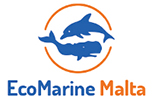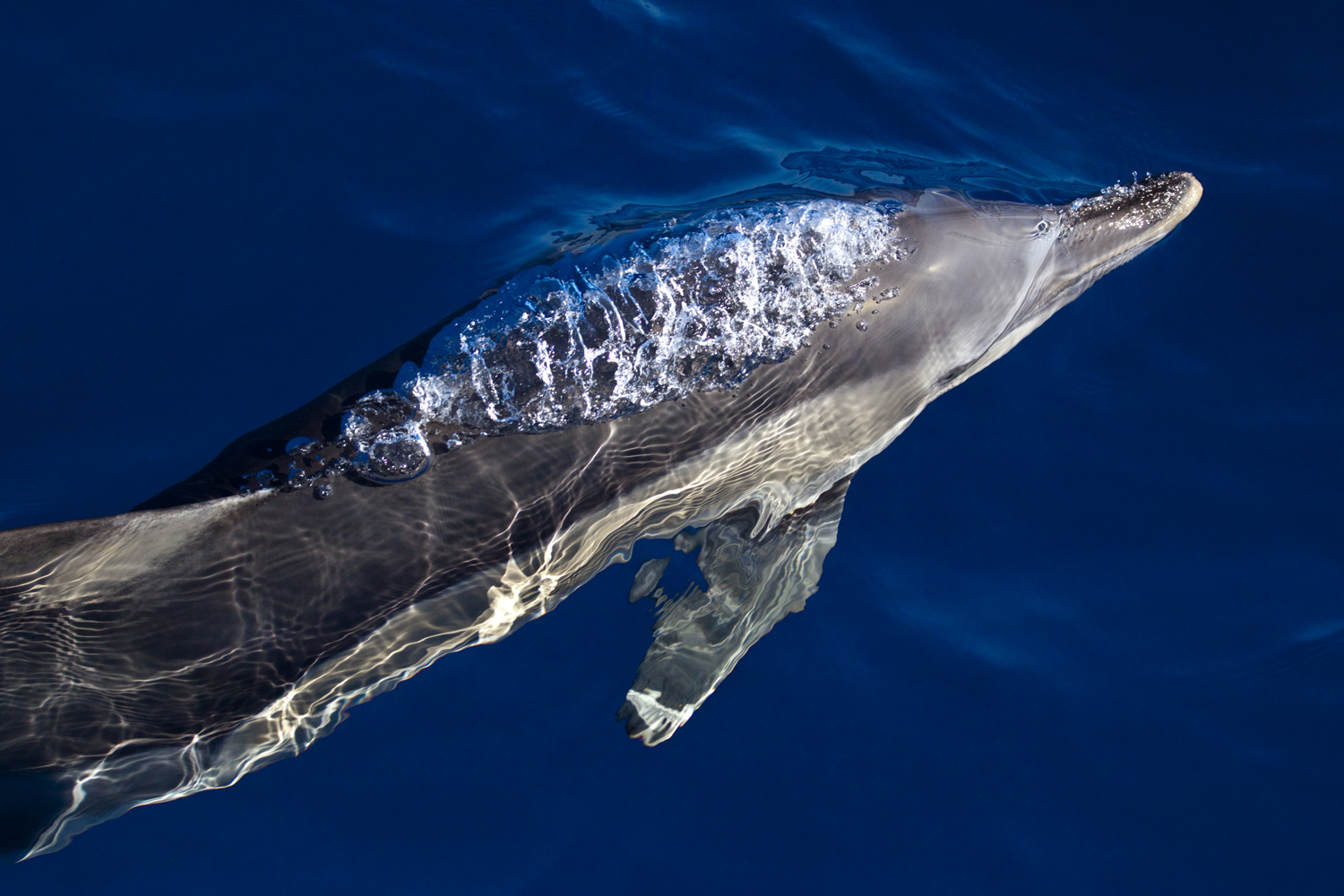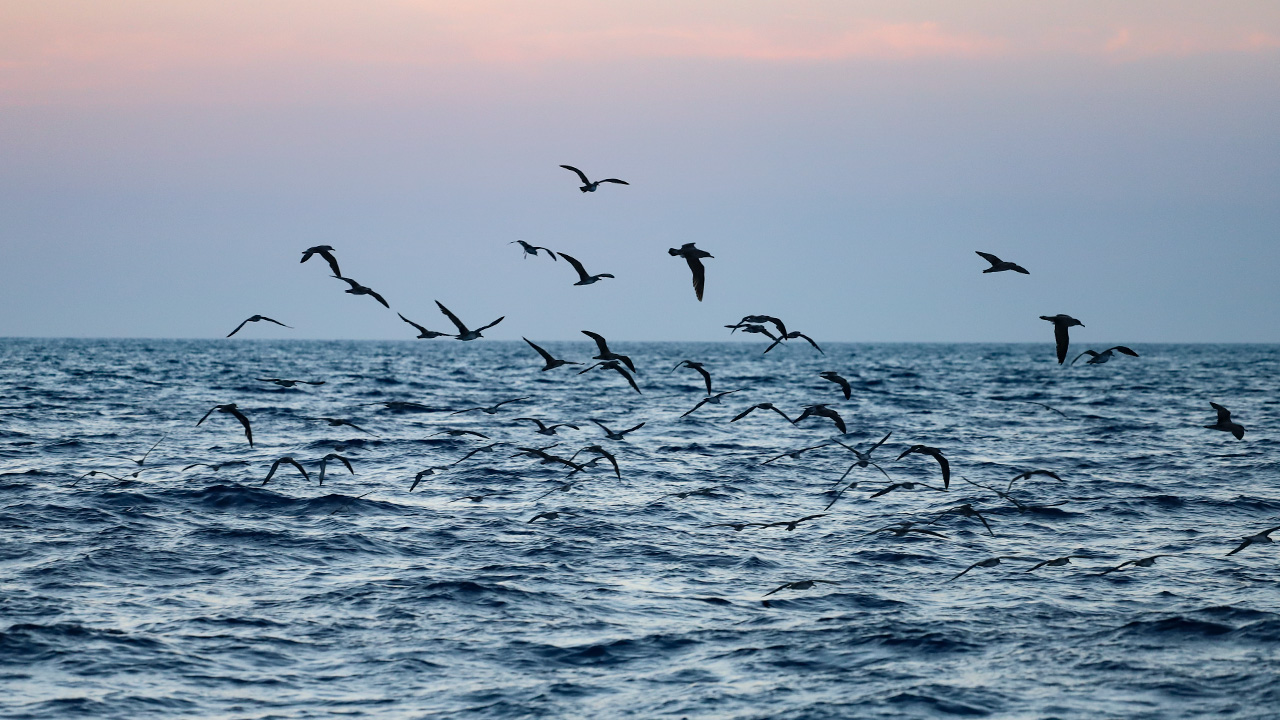
The High Sea Treaty & IMMAs
High Seas Treaty
The High Seas Treaty, formally known as the United Nations Convention on the Law of the Sea (UNCLOS), is a treaty that was adopted in 1982 after years of negotiations between member states of the United Nations. The treaty established a comprehensive framework for the use and governance of the world’s oceans, including rules for navigation, fishing, and other maritime activities.
UNCLOS was created to replace the earlier treaties that were no longer sufficient to address the increasing global demand for ocean resources and the rise of new technologies.
The treaty provides a framework for the management of maritime activities that occur beyond the jurisdiction of any individual country, known as the “high seas.” This includes regulations on the exploitation of natural resources, such as oil and gas, as well as protection for marine environments and biodiversity.
UNCLOS was the product of a long and difficult negotiation process that involved input from governments, international organizations, and other stakeholders. Despite its adoption in 1982, it took over a decade for the treaty to be ratified by enough countries to come into force. Today, it is widely considered one of the most important and comprehensive international agreements, governing more than 70% of the Earth’s surface.
After forty years from it’s institution and nearly two decades of negotiations, the United Nations (UN) has reached an agreement on a treaty to protect the high seas.
The treaty, which covers nearly two-thirds of the ocean outside of national boundaries, will provide a legal framework for establishing marine protected areas and protecting biodiversity, which is essential for preserving ocean ecosystems that produce half of the oxygen we breathe and represent 95% of the planet’s biosphere.
The treaty, which was agreed upon by 193 nations, establishes a conference of the parties (Cop) that will meet periodically and hold member states accountable for governance and biodiversity issues.
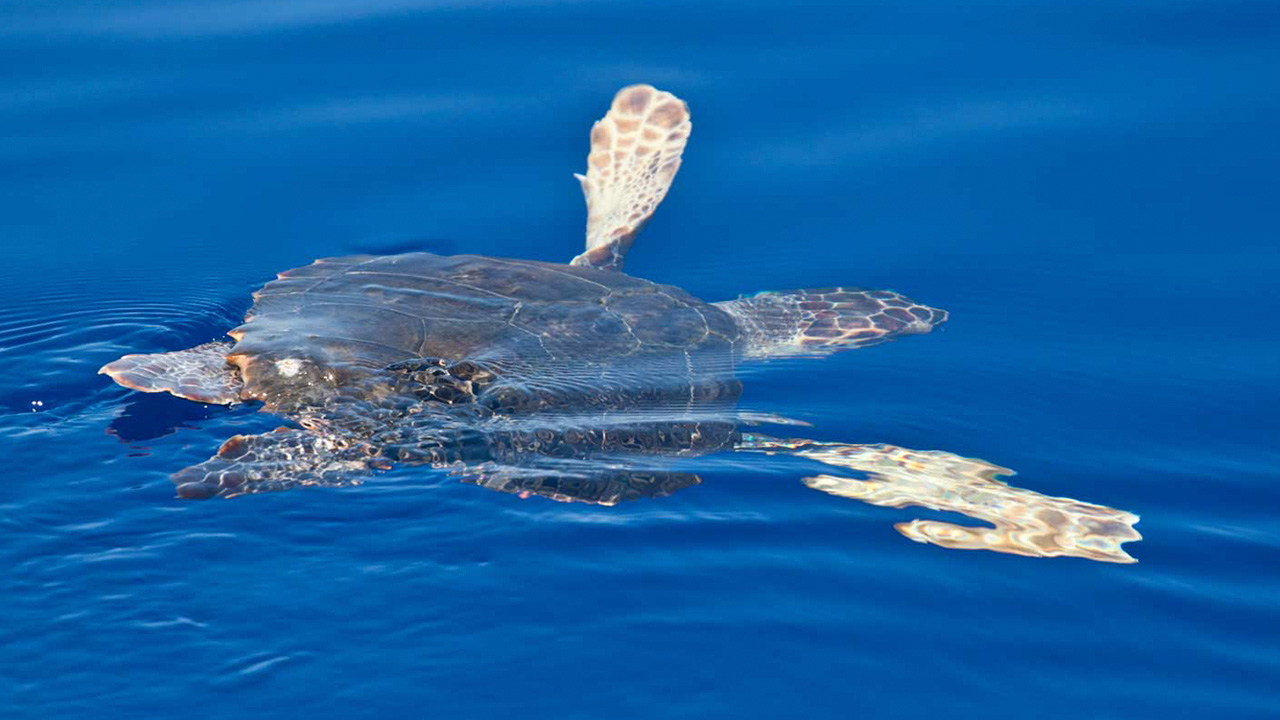
Loggerhead turtle, Malta July 2020 Photo credit Patrizia Patti
The High Ambition Coalition, which includes the European Union, the United States, the United Kingdom, and China, were key players in brokering the deal.
The agreement marks a significant step forward in implementing the 30×30 pledge made by countries at the UN biodiversity conference in December to protect a third of the sea and land by 2030. The High Seas Treaty will improve the gorgeous works already started by the IMMAs tasks force.
What are the IMMAs?
The Important Marine Mammal Areas (IMMAs) are defined as specific habitats that are important to marine mammals and have the potential to be managed and protected for conservation purposes. These areas are identified through a consistent expert process and may merit place-based protection and/or monitoring.
Over the last five years, the IUCN Marine Mammal Protected Areas Task Force has made significant progress in identifying marine mammal habitats. Using a user-friendly tool, the Task Force has managed to identify 159 Important Marine Mammal Areas (IMMAs), covering a third of the global ocean. Furthermore, 24 areas have achieved the status of candidate IMMAs (cIMMAs), and 128 have become areas of interest (AoI). With continued research and evaluation, these lesser areas may also attain the status of IMMAs in the future.
The work of the Task Force is a significant milestone in marine mammal conservation efforts and provides valuable data for governments, intergovernmental organizations, and conservation groups to implement effective conservation strategies.
The rationale for developing IMMAs includes the vulnerability of many marine mammal species, their often-overlooked status in national marine protected area efforts, their role as indicators for identifying spatial protection measures, their value as umbrella species for broader ecosystem conservation, and their importance as flagship species for public support of marine conservation.
The identification of IMMAs through an expert process provides valuable input for existing national and international marine conservation tools, including Ecologically or Biologically Significant Areas (EBSAs) and Key Biodiversity Areas (KBAs).
This process also assists in providing strategic direction and priorities for spatially explicit marine mammal conservation measures.
The objective of the IMMA process is to provide advice on marine mammal conservation priorities to assist in national and international conservation efforts, including MMPAs, marine spatial planning, and the selection of EBSAs and KBAs. The IMMA process will also assist in identifying areas for monitoring climate change effects on marine mammal biology, behaviour, and habitat.
The development of the Important Marine Mammal Areas (IMMAs) tool was a significant step forward in marine mammal habitat conservation. The tool uses a scientific approach to identify important habitats for marine mammals and incorporates them into spatial conservation measures, including ocean zoning, marine spatial planning, marine protected areas, and International Maritime Organisation (IMO) shipping directives.
Compared to birds and many land-based species, whales, dolphins, and other marine mammals have been slow to receive protection through spatial habitat conservation measures. This is due to the more recent advent of spatial research on marine mammals and the fact that this research used disparate methodologies. For example, acoustics, sighting data, aerial and boat transects, photo-ID, strandings, spatial habitat modeling, and other techniques were used, making it challenging to harmonize the data and use them in national and international fora. Additionally, much of the data remains unpublished and scattered across grey literature, theses, or raw data.
In 2004 and again in 2011, all the MPAs worldwide with whale and dolphin habitat were evaluated, revealing that the number and size of MPAs for marine mammals had grown since the early 1970s, yet with few exceptions, these MPAs did not represent the most important areas for marine mammals. Instead, they were established for reasons other than protecting marine mammals, or political and socioeconomic realities altered their size and dimensions. As a result, most of the ocean was not even considered for marine mammal habitat protection.
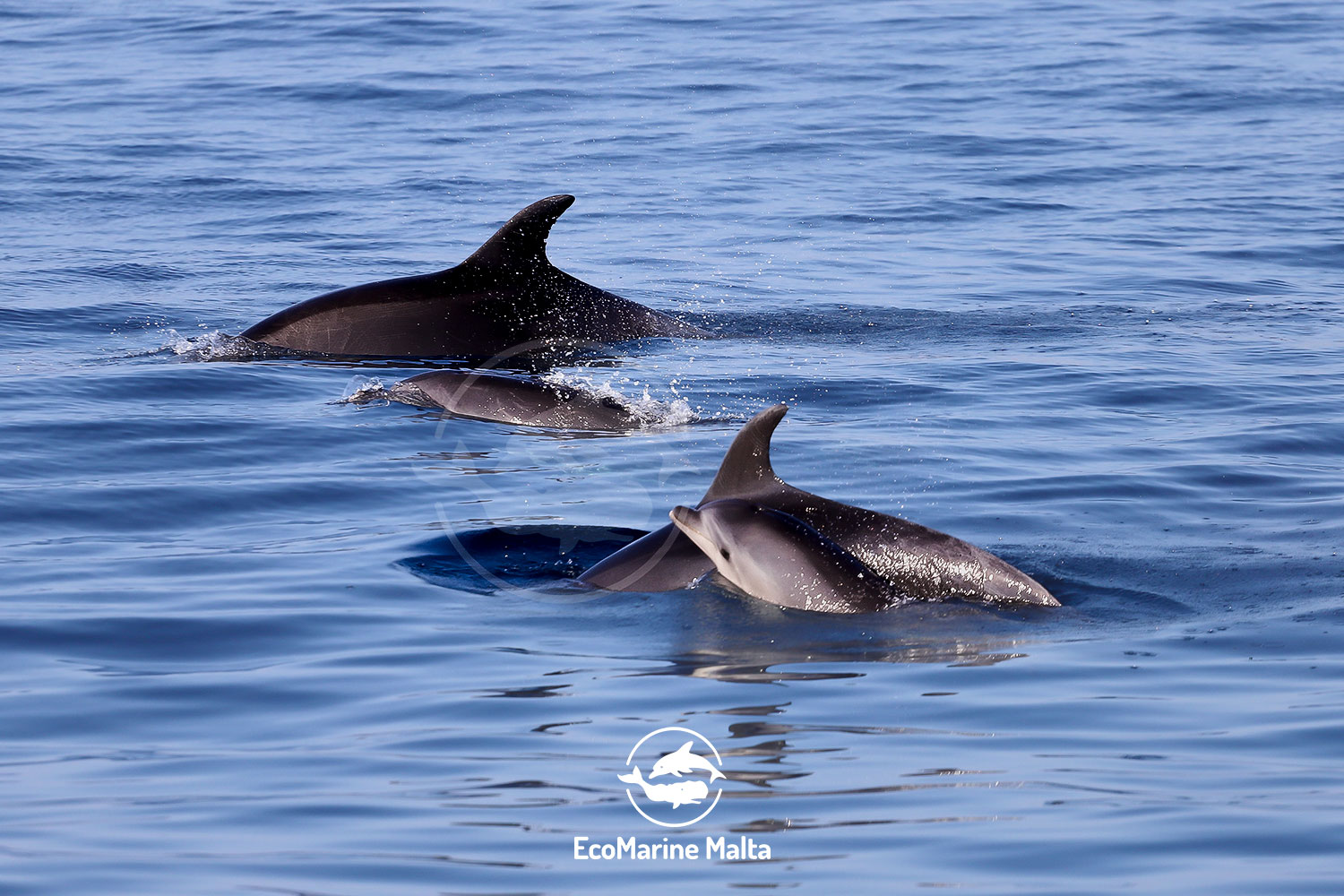
Common bottlenose dolphins, Malta July 2022 Photo credit Patrizia Patti
The Convention on Biological Diversity (CBD) has been working since 2012 to identify ecologically or biologically significant areas (EBSAs) mainly on the global high seas. Still, marine mammal data were comparatively less represented in the available datasets. Therefore, the IMMA tool provides a valuable service for conservation by identifying the most important marine mammal habitats in the sea, free from socioeconomic or political bias.
The selection of habitats to put forward to the reviewers’ hinges on eight criteria or sub-criteria, which largely align with the CBD EBSAs, BirdLife’s IBAs, and the IUCN key biodiversity areas (KBAs).
The IMMA tool goes beyond the identification and protection of marine mammal habitats by using marine mammals as indicators for biodiversity, enabling monitoring of the overall health of the seas. Marine mammals are also charismatic species that are magnets for attracting public interest in the ocean and marine conservation.
After three years of preparation (2013-mid-2016), followed by four intensive years of IMMA regional identification projects (mid-2016-2020), IMMAs now cover 34% of the global ocean, with 159 IMMAs identified in six IMMA workshops of the Task Force to date. Additionally, 24 areas have achieved the status of candidate IMMAs (cIMMAs), and a further 73 sites are under review. The IMMA tool is expected to play a significant role in marine mammal habitat conservation, enabling the identification and protection of important habitats for marine mammals, and promoting the overall health of the seas.
IMMAs and Mediterranean seas
In 2016, the IUCN Marine Mammal Protected Areas Task Force, in collaboration with Whale and Dolphin Conservation and Tethys Research Institute, completed the first-ever workshop to identify Important Marine Mammal Areas (IMMAs) in the Mediterranean region. The workshop identified 41 candidate IMMAs ranging in size from 50 km2 for the Mediterranean monk seal to over 134,000 km2 for fin and sperm whales in the Ligurian Sea and Northwest Mediterranean. The identified areas are important habitats for nine marine mammal species, and some feature multiple species.
IMMAs are advisory expert-based classifications that define discrete portions of habitat crucial to marine mammal species that have the potential to be delineated and managed for conservation. They are intended to be used in conservation planning by governments, intergovernmental organizations, conservation groups, and the general public, and may be used to monitor areas for threats faced by marine mammals, such as climate change, bycatch, noise, and shipstrike.
The 5-day workshop was attended by 34 expert participants from 18 countries, and other organizations such as the MAVA Foundation, ACCOBAMS, Malta, Duke University, and UNEP’s World Conservation Monitoring Centre. The cIMMAs proposed by the workshop will undergo an independent review panel to verify the available supporting evidence and assess whether the criteria were applied correctly.
Common dolphins, Malta October 2020. Photo Credit Patrizia Patti
Malta participated in the workshop as an observer. The country is known for its rich marine biodiversity, with a variety of marine mammals, including dolphins, whales and porpoises, found in its waters. Malta has taken steps to protect its marine environment, including designating several marine protected areas (MPAs) and banning certain harmful fishing practices. However, like many other countries in the Mediterranean region, Malta faces challenges in managing its marine resources sustainably. The identification of candidate Important Marine Mammal Areas (cIMMAs) in the Mediterranean region provides an opportunity for Malta to strengthen its conservation efforts and contribute to the wider goal of protecting marine mammals in the region.
Right now, the IMMAs that concern the Mediterranean zone include the Gulf of Lion, the Ligurian Sea, the Tuscan Archipelago, the Aeolian Islands, the Strait of Sicily, the Pelagos Sanctuary, the Gulf of Gabes, the Cilician Basin, the Northern Adriatic, the Southern Adriatic, and the Aegean Sea. These areas have been chosen based on the presence of critical habitats, the abundance of marine mammal populations, and the vulnerability of the species to threats.
Efforts are currently underway to protect these areas through conservation measures such as fishing restrictions, pollution reduction, and the creation of marine protected areas. By safeguarding these critical habitats, we can help ensure the survival of Mediterranean marine mammal species and the health of the marine ecosystem as a whole.
